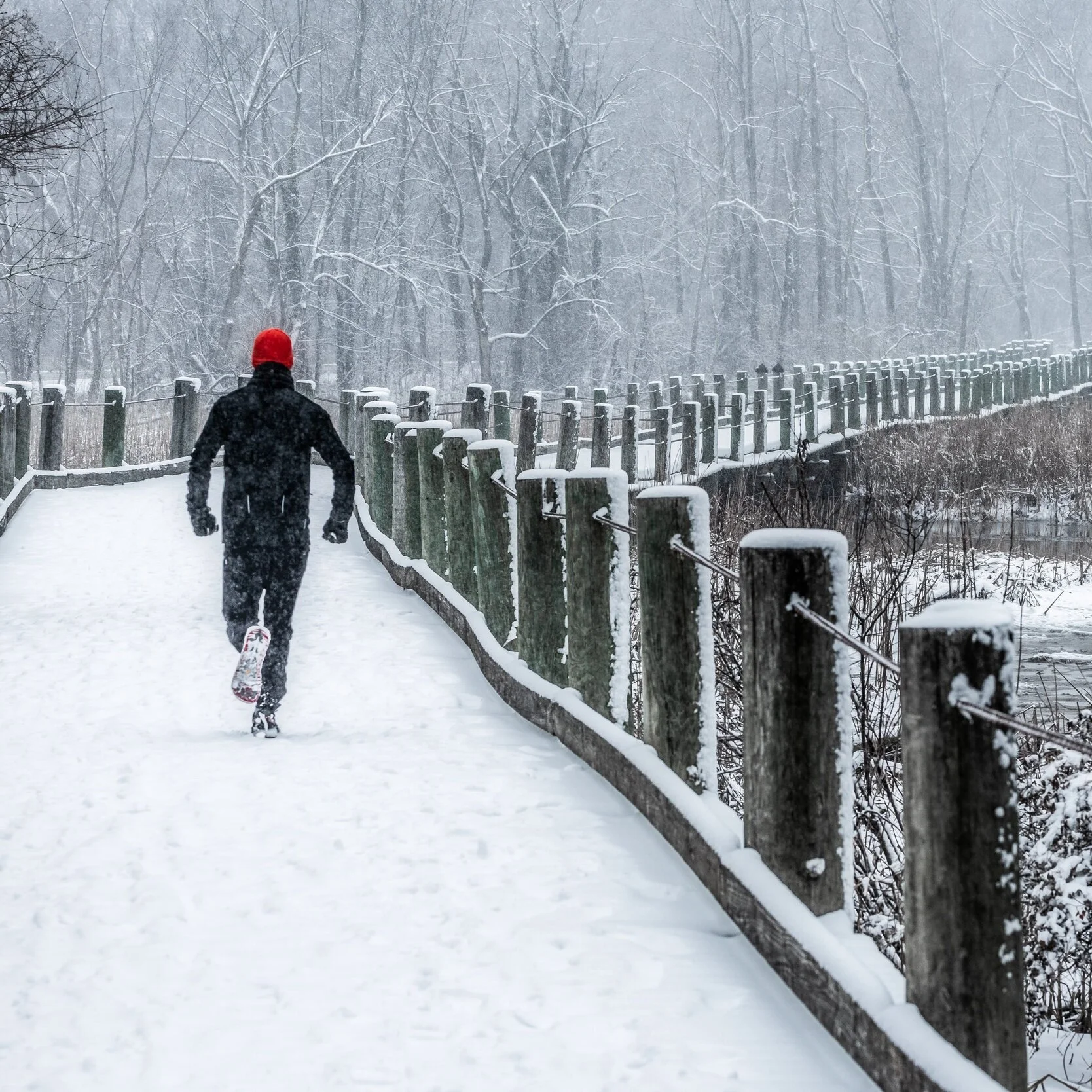Ask An Expert: Should you leave your leaves?
/Embrace Decay! Learn how leaf litter benefits your garden AND clean water
SHredded LEaves Insulate a Vegetable Garden. Photo Courtesy of FLICKR/RyAn.
It’s a question we often hear after we’ve planted a new garden, especially in the fall: what should I do about leaves that fall on the plants?
Edamarie Mattei
Owner of Backyard Bounty
backyardbounty.net
“the leaves believe
such letting go is love
such love is faith
such faith is grace
such grace is god.
I agree with the leaves”
Traditional practice has been to rake or blow the leaves off lawns and garden beds — clearing beds of the remains of the plants from the season so the garden enters winter neat and clear of all but a coat of mulch. I know it’s fall when I hear the sounds of gas blowers and see the large trucks driving around towns sucking up leaves.
Why is this wrong? When you take away the leaves, you take away a winter blanket, food, and habitat.
“Leaf litter is an important component of healthy soil. Decomposing leaf litter releases nutrients into the soil and also keeps it moist. It also serves as great nesting material, hiding places and protected spots for animals. This dead organic material provides the perfect habitat for a plethora of organisms, including worms, snails, spiders, and microscopic decomposers like fungi and bacteria. For this reason, leaf litter is considered very biodiverse.”
What to do instead:
Using Shredded Leaves
If, like many of us, you have an abundant source of leaves in the fall, shred them. Your garden will benefit in a big way. Here are some ways to use them:
Insulate Tender Plants: A 6-inch blanket of leaves protects tender plants from winter wind and cold. Cover cold-hardy vegetables—such as carrots, kale, leeks and beets—and you'll be able to harvest them all winter.
Boost Your Compost Pile: Carbon-rich leaves balance high-nitrogen compost ingredients such as fresh grass clippings.
Improve Your Soil: Mix shredded leaves right into your garden. Next spring, your soil will be teeming with earthworms and other beneficial organisms.
Make "Leaf Mold": Simply rake the leaves into a big pile. If you shred them, they will decompose faster, but you can still make leaf mold without shredding. After one to three years, fungus will have broken the leaves down to a special compost that smells like a walk through the woods. Leaf mold is high in calcium and magnesium and retains three to five times its weight in water—rivaling peat moss.
Fall Leaves in a Compost Pile. Photo courtesy of Christopher Paquette.
Think Before You Shred!
Be careful with some kinds of leaves: Walnut, eucalyptus and camphor laurel leaves contain substances that inhibit plant growth. It's best to compost these leaves before using them in your garden
Remove diseased leaves.
Be sure to chop or shred leaves before using them as mulch: Whole leaves can form a mat that water can't penetrate.
Manage the decomposition: If you add shredded leaves right to the soil, add some slow-release nitrogen fertilizers to help the leaves decompose and to ensure that soil microbes don't use all of the available nitrogen.
Edamarie Mattei is the owner of Backyard Bounty, a DC area landscape firm committed to helping our environment by helping customers and communities design, build and maintain sustainable, native, clean water landscapes. Backyard Bounty recently received the Carol Carter Excellence Award from Montgomery County for our work on environmentally-friendly landscapes. Learn more >
Get local clean water and river news delivered to your inbox.
Sign up to receive our monthly River Update email.
100% Private. We don’t spam.



















